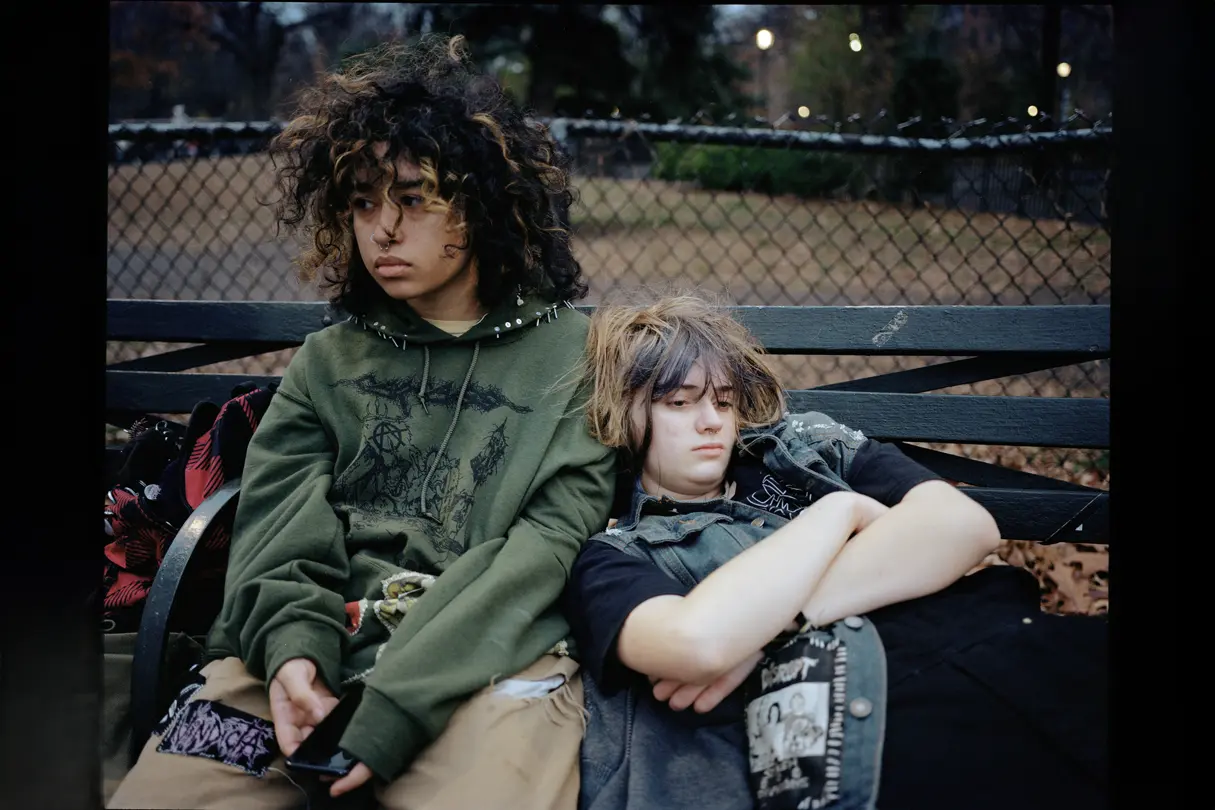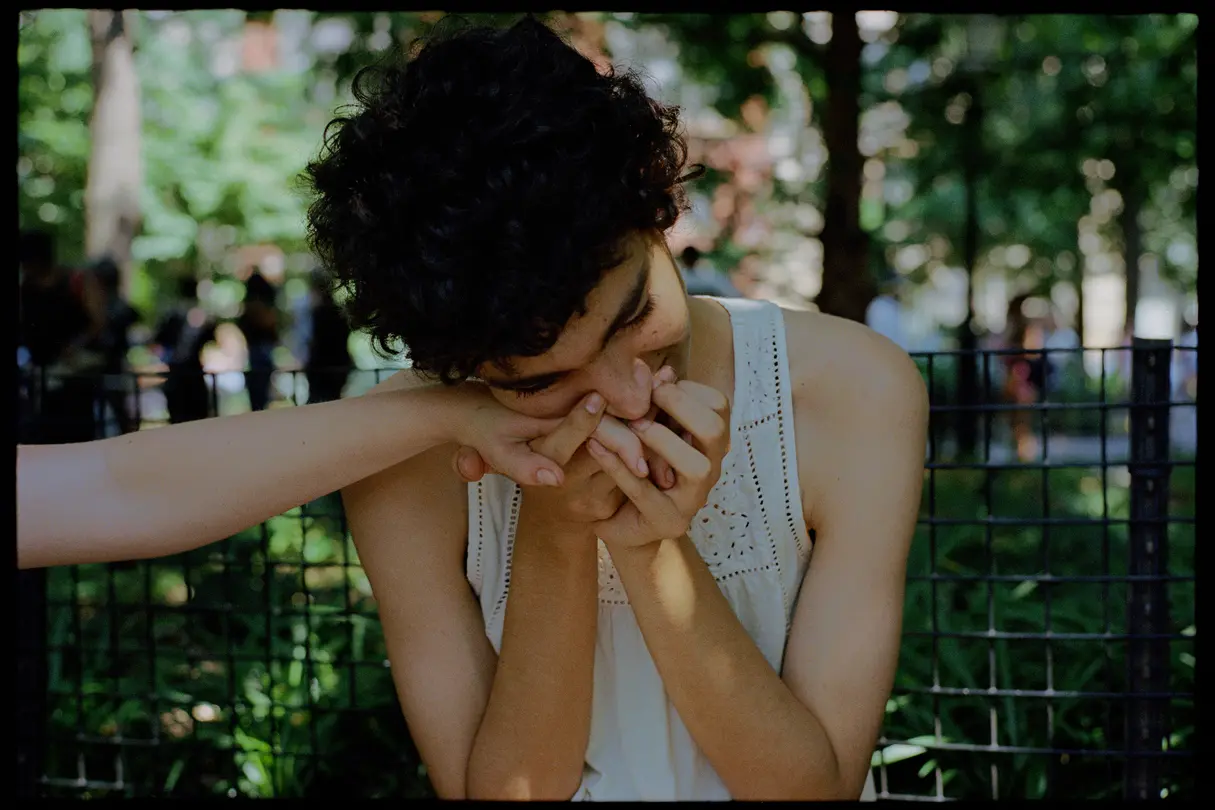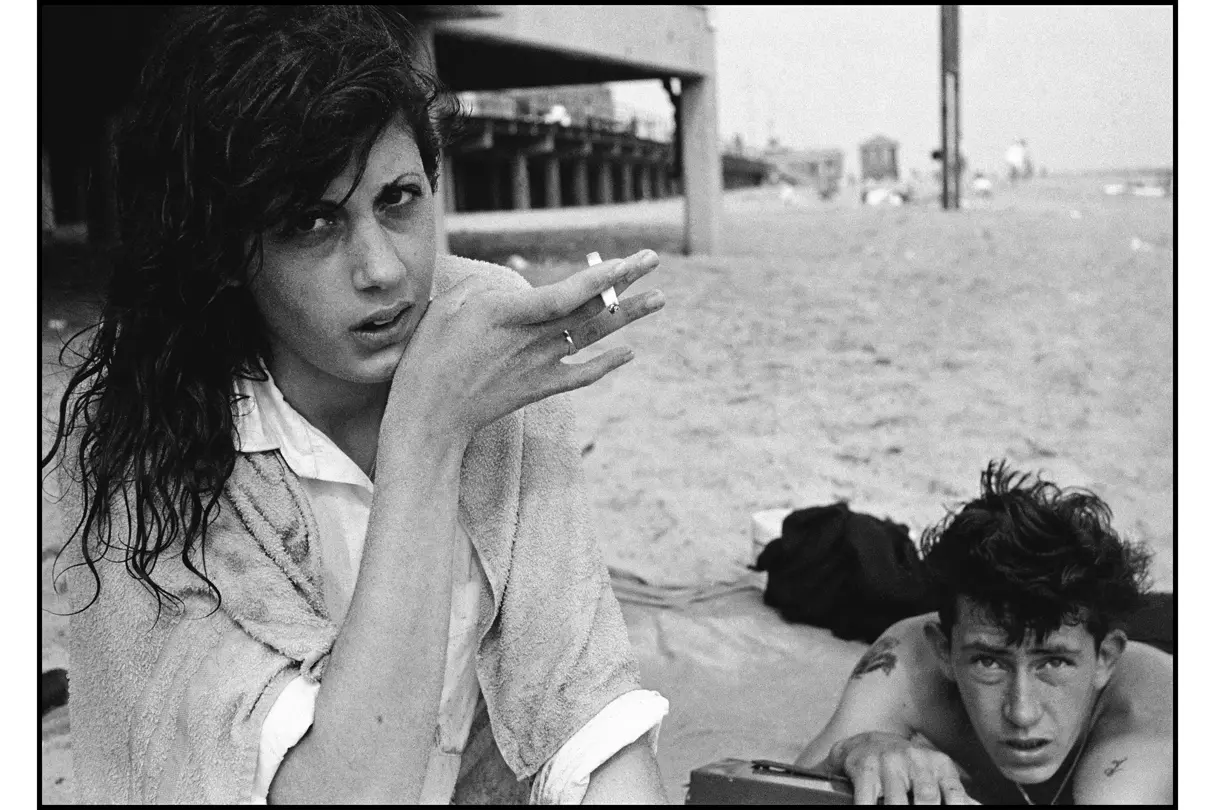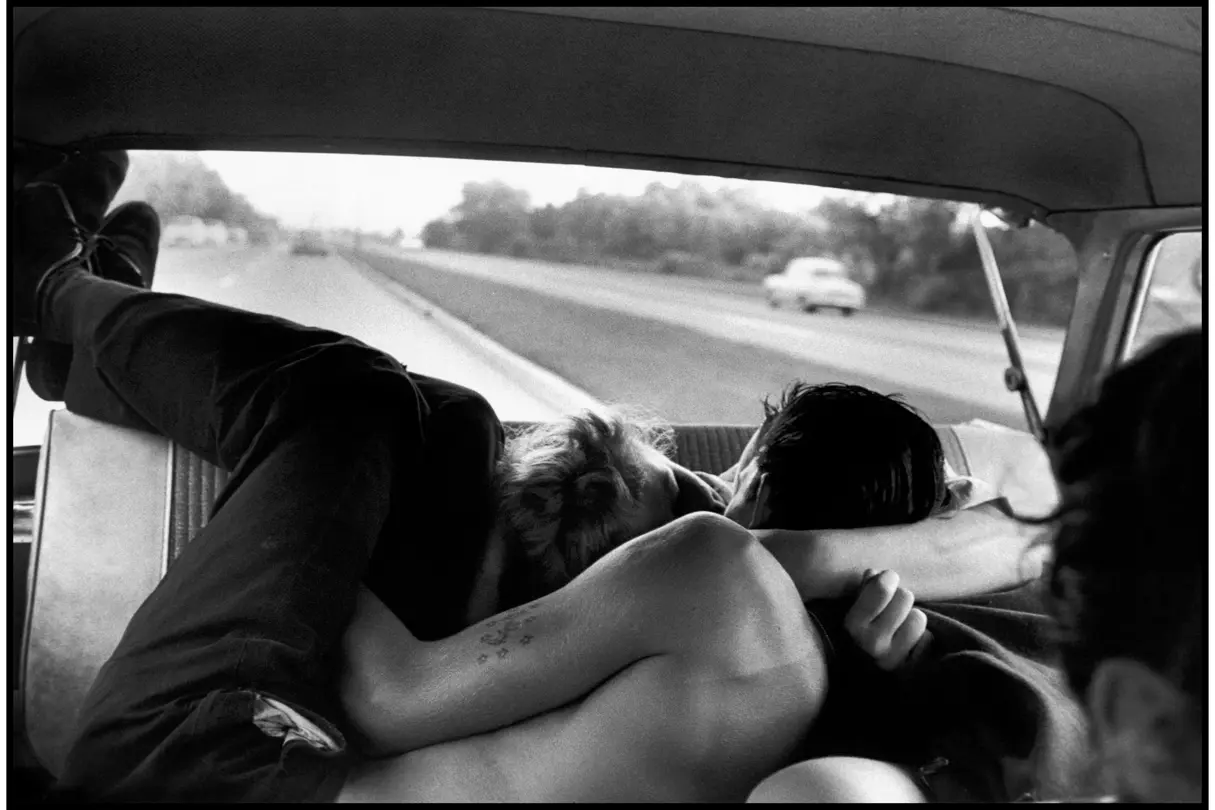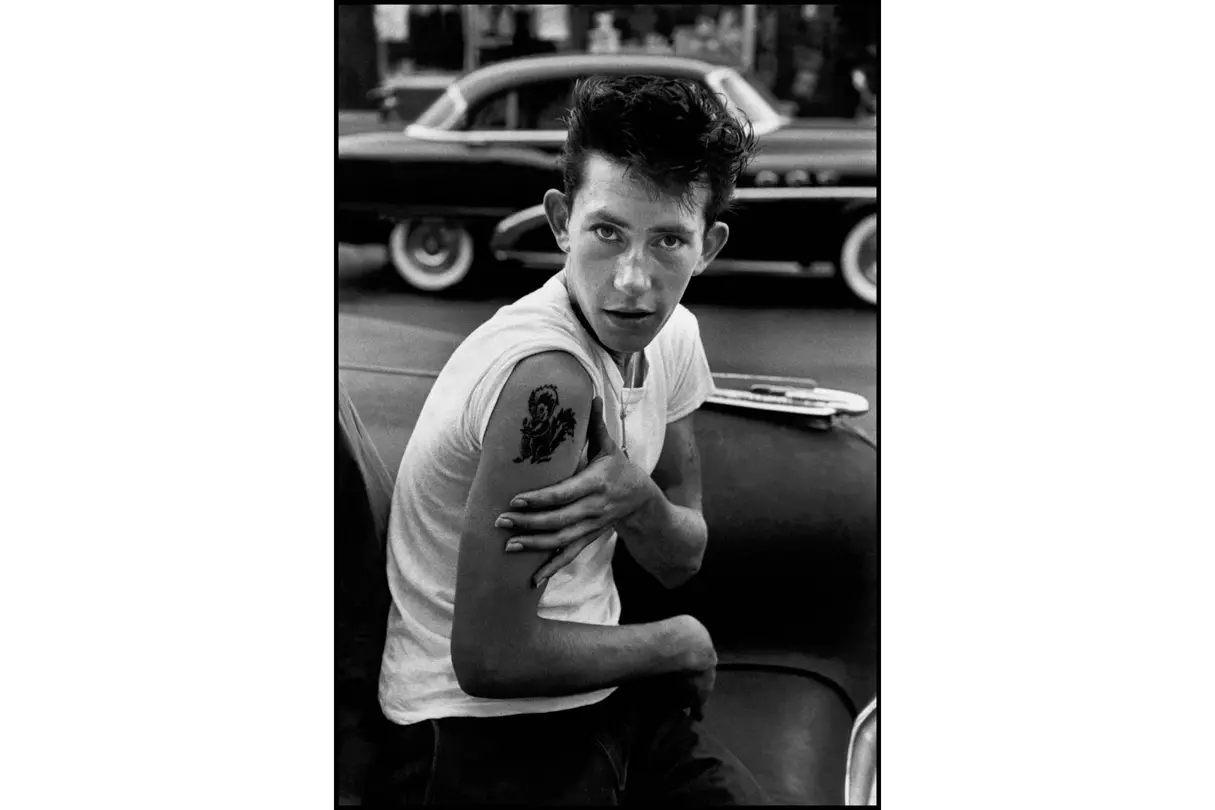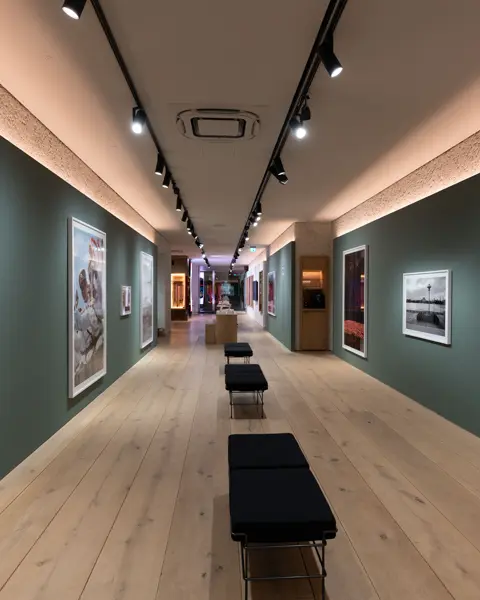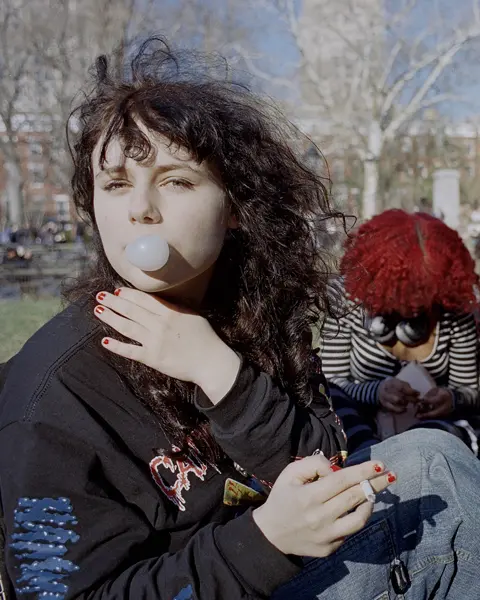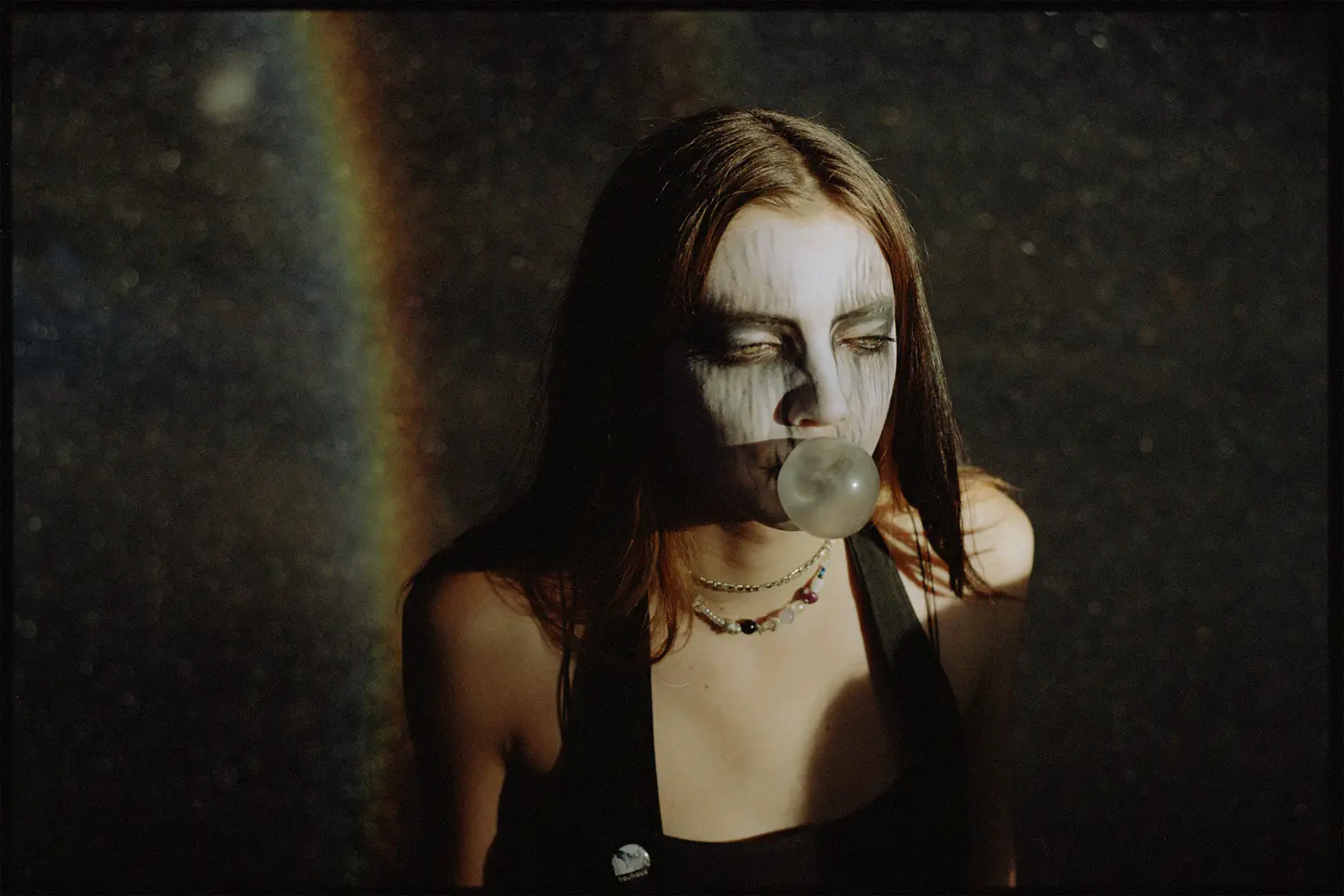
Developing a Dialogue: Sara Messinger and Bruce Davidson
To mark Leica’s 100th anniversary, Sara Messinger engages in a photographic dialogue with the American documentary photographer Bruce Davidson. Their works will be on display at the Leica Gallery in New York from 20 May.
The Leica Galleries are carrying on their series celebrating the 100th anniversary of the Leica I with another fascinating juxtaposition: Bruce Davidson’s and Sara Messinger’s photographic worlds will converge at the Leica Gallery in New York. Davidson is known for portraying humanist perspectives, primarily in black and white, while Messinger’s work is characterized by her nostalgic, contemporary portraits in color. With her series Shadow of a Teenage Daydream, created in 2022, Messinger focuses on raising awareness of young people’s realities and how they live their lives.

100 years of Leica photography - what are your thoughts on this?
It is an honor to be part of the 100 year celebration of Leica photography. Before even making my own photographic work, my interest in photography began while studying the history of the medium. It was this interest that led me to pick up my first Leica – I wanted to participate and make work in conversation with this rich history. I wanted to understand what the Leica camera was all about, and why all of the most iconic moments in history were made with this tiny box. The very day my dear friend lent me his Leica m2, I fell in love with the camera. It was that day that I truly felt a shift in my picture making. I thought about the legacy of the camera as I walked the streets with my right hand wrapped around the tiny box. While photographing with the Leica, I felt part of something bigger than me.
How has the work of LHOF-winners influenced your work?
The work of the LHOF-winners were some of my earliest influences in photography. They were some of the first names that I came across when discovering more and more about the medium. It was their spirit and curiosity that really inspired me, and that I tried to embody in my own life. Everything in my life soon became about photography. All of the sudden my once shy self opened-up and began engaging in the world around me with my camera. I was no longer afraid to talk and interact with the world – I have these heroes to thank…
©Sara Messinger

What is the subject matter/theme of your photographs that are being displayed in the exhibition?
As mentioned, my contribution to the exhibition comes from my ongoing series documenting a group of teenagers in New York City—a project that I’ve been working on for four years. During this time, I’ve had the privilege and honor to watch this group of kids grow-up. I’ve become part of their world, blending seamlessly into the group to the point where they’ve become some of my closest friends. These images aren’t just about their journey of self-discovery, they also reflect my own. Growing up, I was painfully shy, and this group allowed me to relive a second youth in a way I never imagined. This group has forever changed my life, and I’m so humbled to call them my friends.
Which camera did you use for photographing and why?
Most of the photographs were made using my Leica M4-P or M6. These cameras have allowed me to work quickly and unobtrusively. The Leica felt very comfortable from the moment that I picked it up, allowing me to work instinctually. The camera was simple, and that was what I loved about it.
Where do you get your inspiration? Who or what inspires you?
For me, looking back is essential. I draw most of my inspiration from the history of photography rather than contemporary trends, which often feel saturated by the digital age. Photobooks are my primary source of inspiration. I’m especially inspired by the women of photography: Diane Arbus, Rosalind Fox Solomon, Consuelo Kanaga, and Mary Ellen Mark… the list goes on. Their perspective, honesty, and courage in exploring the human condition continue to guide my work.
The exhibitions are about a visual dialogue between two generations. How did you approach this theme?
The idea to pair Bruce Davidson’s Brooklyn Gang series with my photographs of New York City teenagers came from the curator, Michael Foley. It was an incredibly exciting concept for me, as Bruce Davidson has been a huge inspiration throughout my career. Both bodies of work were created here in New York and reflect not only our relationships with our photographic subjects but also our mutual friendships with them. The parallels in how we navigated the age gap between ourselves and our subjects provided a strong foundation for this dialogue. At the same time, the differences in time and context between our work adds another interesting layer, highlighting how both the city and its youth have evolved over the years.
What are the similarities or differences that become visible in this dialogue?
When it comes to photography, I don’t think any topic is off limits to anyone. No matter how many times that it has been photographed. The time and the context is always changing, and that is what makes the same subject matter interesting over and over again. Seeing the same subject matter through the eyes of a different photographer is such a special experience – a reminder that we all live in our own dream informed by our unique background and experiences. The subject matter may be the same, but the world that the photographer creates with their images is always different.
How do you think photography has changed in recent decades?
There’s been a noticeable shift away from traditional documentary photography. Much of today’s work seems more illustrative or staged, prioritizing aesthetic and perfection over raw, unfiltered reality. The demand for instant gratification in the digital age has influenced this shift, as has the reduced support for long-form documentary stories by magazines and publications. I feel there’s a danger in this movement away from curiosity-driven photography. The trend seems to be moving towards more conceptual and staged photography; and the personal versus the unknown. I don’t agree with a lot of the rhetoric of today. I believe a good photographer with good intentions can photograph anything – curiosity is enough. Curiosity is the key to photography. Allow the camera to be the tool that it has always been to discover, connect, and learn.
©Sara Messinger
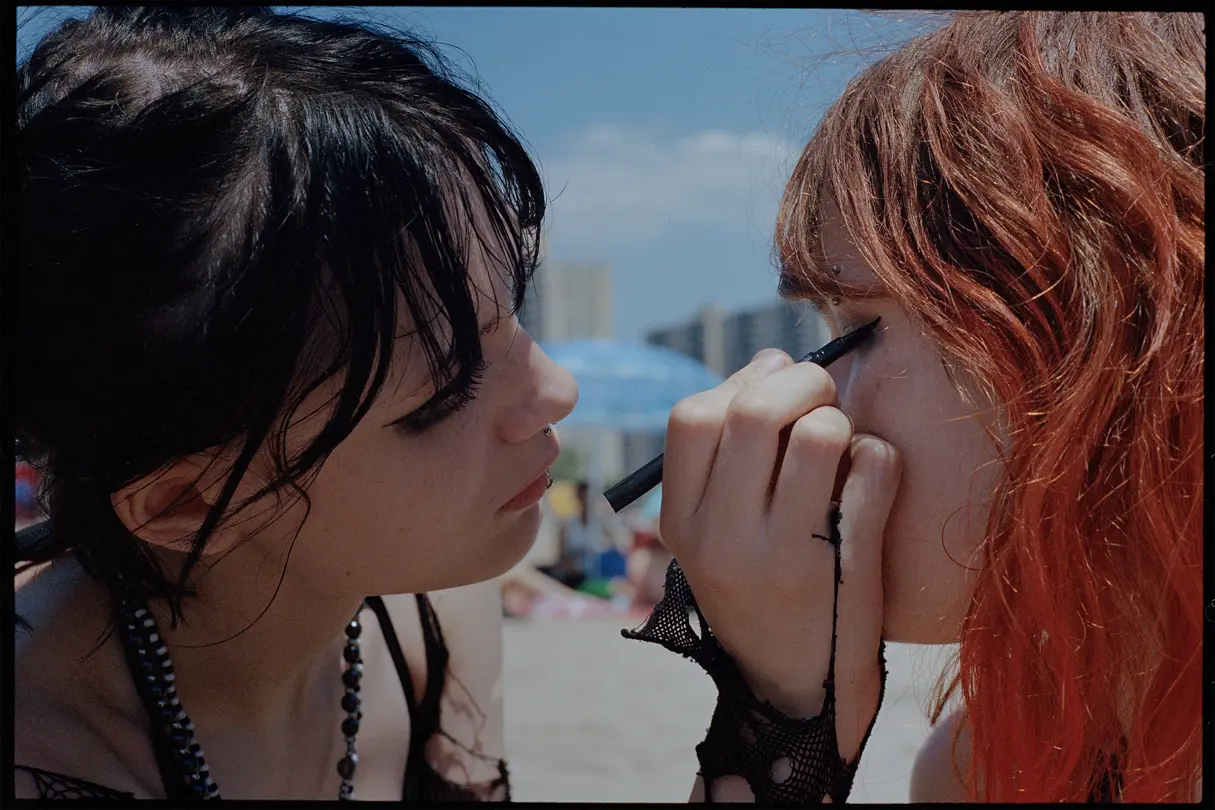
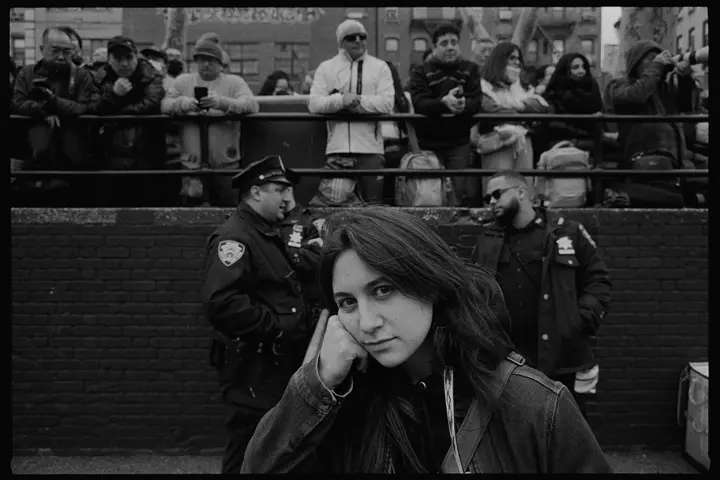
Sara Messinger
Born in 1998 in the suburbs of Philadelphia, she studied photography at NYU’s Gallatin School of Individualized Study and graduated with a Bachelor of Arts. Since then, she has been working as a documentary photographer, developing her long-term series depicting stories that focus on gender, identity, and subcultures. In 2021, she was chosen by New York Times Magazine to document the “reawakening” of New York City after a year of strict COVID lockdowns. She lives in New York.
What opportunities and challenges do you see for the future of photography?
One of the greatest challenges I see is the pressure to work quickly and share work prematurely. Social media and the digital age have amplified the craving for instant gratification, with this we risk one of the greatest assets of photography – patience. In the age of social media, we must stay wary of our desire for instant gratification and not rush the work that we make; I myself can and have fallen victim to this, especially in the beginning of my journey as a photographer. I think it is very important to keep the work close to you for as long as possible so that your true voice and vision can find its way without the influence of others. It is so easy to see what everyone around us is up to, perhaps too easy -- be wary of trends.
What role do galleries play in the age of digital media, and specifically for your work?
The role of the gallery today in the age of digital media is pivotal. We are at this moment surrounded by more photographs than ever by means of the internet. In today’s digital landscape, a gallery can help elevate and contextualize contemporary work providing space for the work to breathe and not get caught in the influx of images. It’s important to have galleries still dedicated to the craft and history of the medium to celebrate the photograph as an object.

Bruce Davidson
Born on September 5, 1933 in Illinois, he started taking photographs at the age of ten. In his last year of high school, he won the Kodak National High School Photographic Award for the “Animal Photography” category. From 1951 to 1954, he studied at the Rochester Institute of Technology and worked as a laboratory assistant at Eastman Kodak. In 1955, he studied at the Yale University School of Design under Josef Albers and Alexei Brodowitsch, as well as other masters. His thesis doubled up as his first publication in Life magazine. Davidson became a full Magnum member in 1959 and soon after spent some time in Great Britain. He is particularly interested in the US civil rights movement. He began working on his long-term East 100th Street project in 1966. In 1980, he published his highly acclaimed color essay on the New York subway. He has received numerous awards and presented many exhibitions. He lives in New York.
